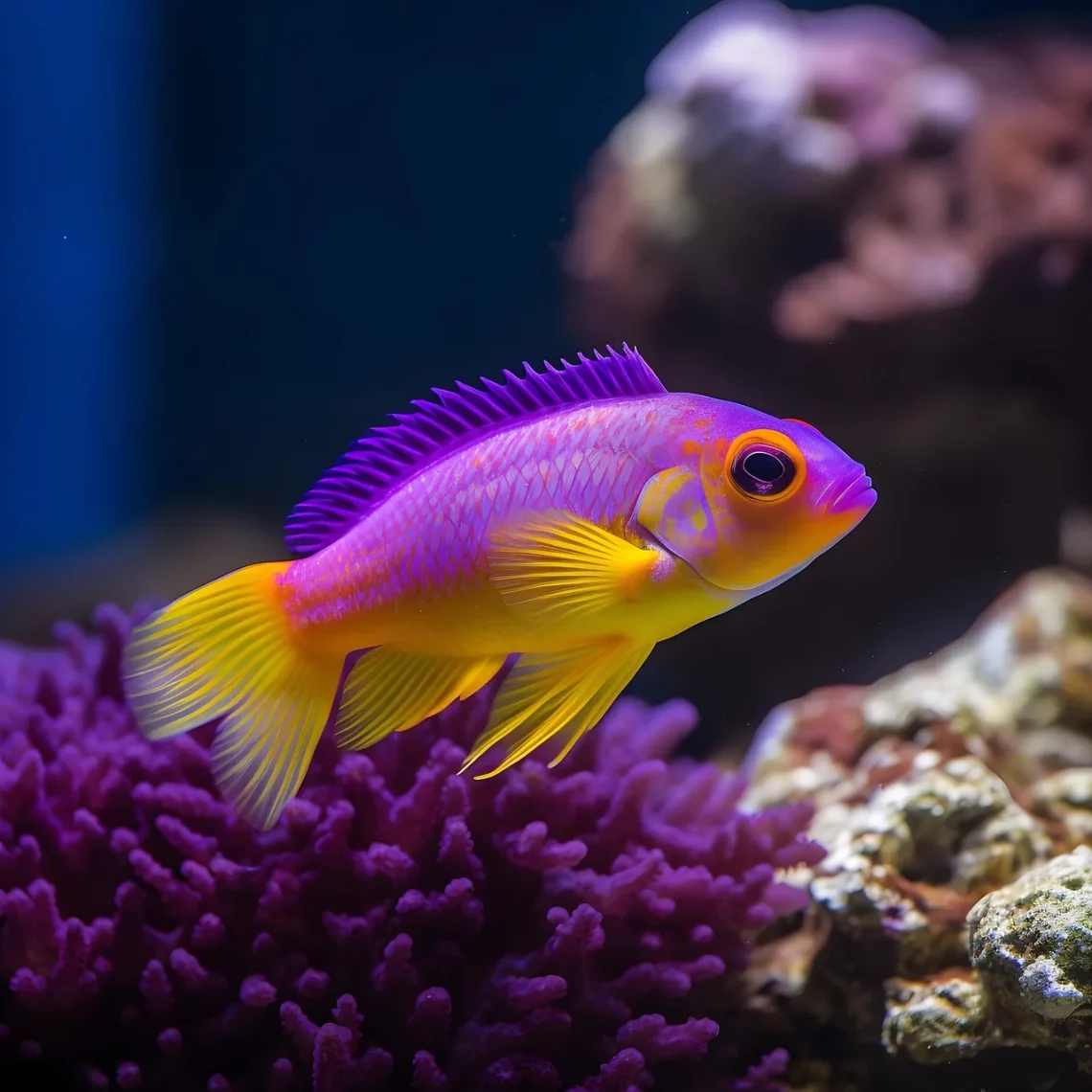
Do Guppies Need a Heater for Optimal Care and Health?
Guppies are one of the most popular freshwater fish among aquarium enthusiasts. Their vibrant colors, playful nature, and ease of care make them an attractive choice for both beginners and experienced aquarists alike. However, like any aquatic species, guppies have specific needs that must be met for them to thrive. One critical aspect of guppy care is water temperature. Understanding the ideal temperature range for guppies and whether a heater is necessary can significantly impact their health and well-being.
Maintaining the right temperature in an aquarium is crucial for the metabolic processes of fish. Guppies are tropical fish, typically found in warm environments, and they prefer water temperatures ranging from 75°F to 82°F (24°C to 28°C). In this temperature range, guppies exhibit optimal behavior, vibrant colors, and overall better health. When exposed to fluctuations in temperature that are too drastic or prolonged, guppies can experience stress, which may lead to various health issues or even death. This highlights the importance of understanding not only the needs of guppies but also the tools available to ensure their environment remains stable.
In the following sections, we will delve deeper into the factors influencing water temperature in aquariums, the benefits of using a heater, and the signs that indicate whether your guppies are comfortable in their habitat.
Understanding Guppy Habitat and Temperature Needs
To provide optimal care for guppies, it is essential to understand their natural habitat and temperature requirements. Guppies originate from warm waters in Central and South America, where they thrive in temperatures ranging from 75°F to 82°F (24°C to 28°C). This temperature range is not just a preference; it is vital for their health and well-being.
In the wild, guppies inhabit shallow waters, such as streams and ponds, where temperatures tend to remain stable throughout the day and night. Sudden temperature changes can be detrimental to their health, causing stress and potentially leading to illness. When kept in home aquariums, guppies rely on their caretakers to replicate these conditions as closely as possible.
In a typical home aquarium, temperatures can fluctuate due to various factors such as room temperature, lighting, and water changes. For instance, during colder months, the ambient temperature of a room can drop significantly, leading to a decrease in water temperature. Similarly, if a water change involves colder tap water, this can shock the guppies, particularly if the temperature difference is substantial.
Aquarium heaters are essential tools for maintaining a stable environment for guppies. They help regulate water temperature, ensuring that it remains within the ideal range. Without a heater, it can be challenging to maintain consistent temperatures, especially in environments where the room temperature varies significantly. For aquarists, investing in a reliable heater is crucial for the long-term health of their guppies.
Moreover, it’s important to note that temperature is not the only aspect of water quality that affects guppies. Factors such as pH levels, ammonia, nitrite, and nitrate levels, as well as the presence of adequate filtration, also play significant roles in their overall health. However, maintaining the right temperature is foundational, as it directly influences the fish’s metabolism, immune response, and reproductive health.
The Role of Heaters in Maintaining Optimal Conditions
Heaters are vital components of a guppy aquarium setup. They provide a consistent source of warmth, allowing you to maintain a stable water temperature that aligns with the needs of these tropical fish. There are various types of heaters available on the market, including submersible and hang-on-the-back models, each with its own set of advantages and disadvantages.
Submersible heaters are often preferred for aquariums because they can be fully submerged in the water. This design allows for better heat distribution, ensuring that the entire tank reaches the desired temperature more evenly. Additionally, many submersible heaters come with adjustable thermostats, enabling aquarists to set and maintain specific temperatures with ease.
One of the most significant benefits of using a heater is preventing temperature fluctuations that could stress your guppies. A stable environment is crucial for their overall health; sudden changes can compromise their immune systems and make them susceptible to diseases. Furthermore, guppies are sensitive to colder temperatures, which can slow their metabolism and lead to lethargy or other health issues.
Another advantage of using a heater is that it supports the breeding of guppies. Warmer water temperatures can promote breeding behaviors and increase the chances of successful reproduction. Guppies are livebearers, meaning they give birth to live young, and maintaining the ideal water conditions is essential for the development of fry.
However, it’s important to monitor the heater’s performance regularly. Some heaters may malfunction, leading to overheating or, conversely, failing to provide adequate warmth. Regular checks will help ensure that the heater is functioning correctly and that the temperature remains stable. Additionally, using a reliable thermometer can help you keep track of the water temperature accurately.
In summary, heaters play a crucial role in creating and maintaining optimal conditions for guppies. They ensure that water temperature remains stable, thereby supporting the health and well-being of these lively fish.
Signs of Temperature Stress in Guppies
Recognizing the signs of temperature stress in guppies is essential for any aquarium owner. When guppies are subjected to temperatures outside their comfort zone, they may exhibit various behavioral and physical symptoms. Understanding these signs can help you take timely action to rectify the situation and protect your fish.
One of the first signs of temperature stress is lethargy. Guppies that are too cold may become sluggish, spending more time at the bottom of the tank and showing little interest in food. Conversely, if the water is too warm, they may appear frantic, darting around the tank and exhibiting erratic behavior. Both conditions indicate that the fish are not feeling comfortable in their environment.
Another symptom to observe is changes in appetite. Guppies experiencing temperature stress may stop eating altogether or show a decreased interest in their regular food. This lack of appetite can lead to further health complications, as proper nutrition is vital for maintaining their strength and immune system.
Physical changes can also indicate temperature stress. For example, guppies may develop a faded coloration or lose their vibrant hues. This change occurs when the fish are stressed and not in optimal health. Additionally, you may notice increased gill movement as the fish struggle to breathe, which can result from low oxygen levels associated with high water temperatures.
If you observe any of these signs, it is crucial to check the water temperature immediately. If it falls outside the ideal range, adjusting it gradually is essential. Sudden changes in temperature can be harmful, so it’s best to make gradual adjustments to allow the guppies to acclimate.
In conclusion, being aware of the signs of temperature stress in guppies is vital for their care. Regular monitoring of water conditions, coupled with the use of a heater, can help ensure that your guppies remain healthy, vibrant, and active.
**Disclaimer**: This article is not intended as medical advice. If you have health concerns regarding your fish, please consult a veterinarian or a qualified aquatic specialist.




